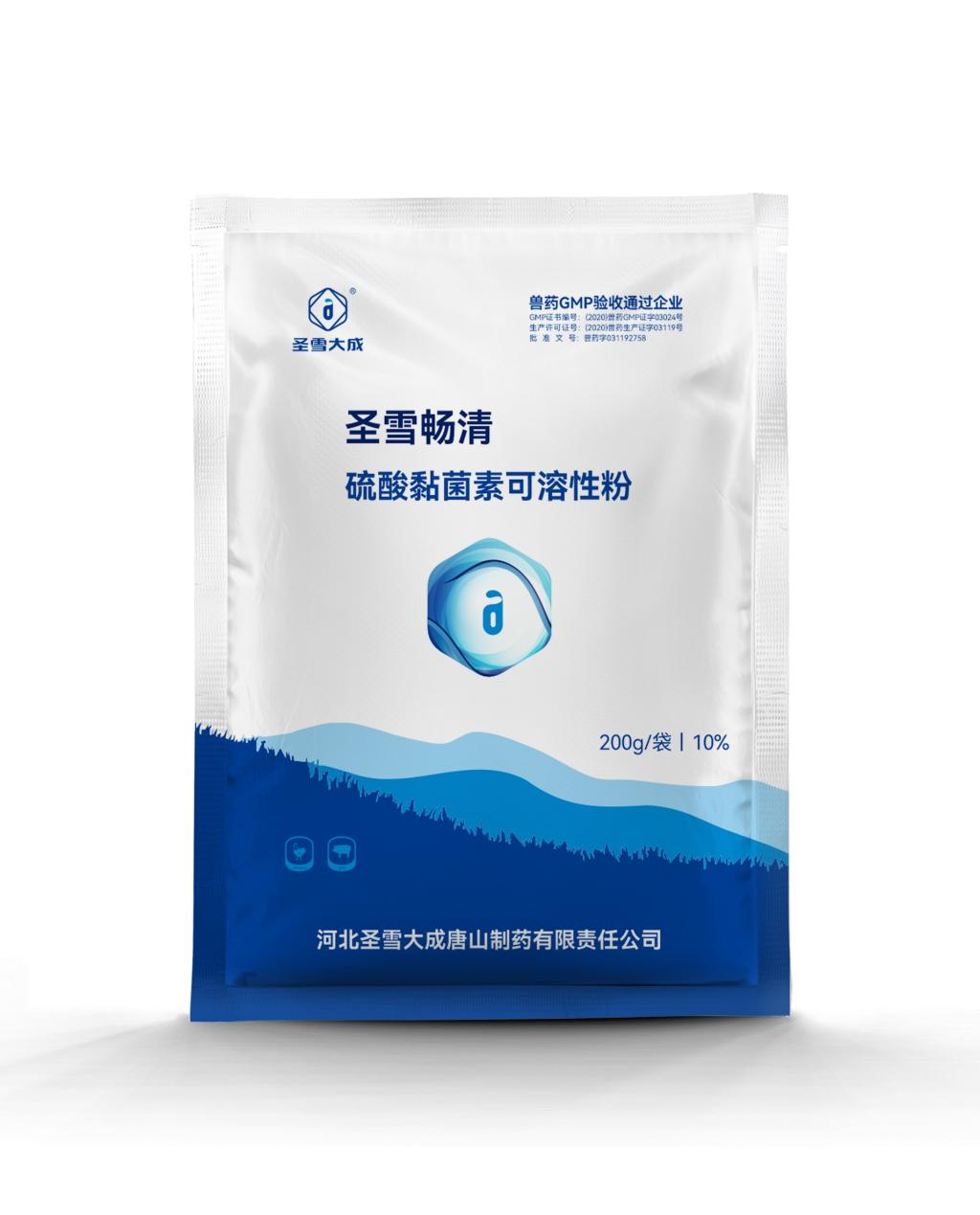Tel:0086 18231198596

News
Current Position:
Home >
News
>Addressing Resistance: The Last-Resort Nature of Colistin Sulfate Soluble Powder.
Addressing Resistance: The Last-Resort Nature of Colistin Sulfate Soluble Powder.
TIME:2023-12-29
I. Introduction: The Rise of Antibiotic Resistance
Historical Context
Since the discovery of antibiotics, they have played a pivotal role in treating bacterial infections. However, the overuse and misuse of these drugs have led to the emergence of resistant strains, creating a global crisis. Colistin sulfate soluble powder, a polymyxin antibiotic, stands as a last-resort option in the face of multidrug-resistant bacteria.
Challenges in Contemporary Medicine
The increasing prevalence of multidrug-resistant bacteria, often referred to as "superbugs," poses a grave threat to modern medicine. As traditional antibiotics lose their efficacy, the need for last-resort options becomes more pressing, highlighting the critical role of colistin.
II. Colistin Sulfate: A Historical Perspective
Discovery and Early Use
Colistin, a polymyxin antibiotic, was first discovered in the 1940s. Its early use was overshadowed by the advent of newer antibiotics with fewer side effects. However, the rise of multidrug-resistant bacteria has brought colistin back into the spotlight.
Mechanism of Action
Colistin exerts its antimicrobial activity by disrupting the integrity of bacterial cell membranes. This unique mechanism makes it effective against a broad spectrum of Gram-negative bacteria, including those resistant to other antibiotics.
III. The Last Line of Defense: Colistin's Role in Critical Infections
Clinical Applications in Human Medicine
Colistin sulfate soluble powder is often reserved for treating critical infections caused by multidrug-resistant Gram-negative bacteria. Its use is considered when other antibiotic options have failed or are unavailable, making it a last line of defense in human medicine.
Applications in Veterinary Medicine
Beyond human medicine, colistin sulfate soluble powder is also utilized in veterinary medicine, especially in livestock. Its role in preventing and treating bacterial infections in animals raises concerns about the potential contribution to antibiotic resistance.
IV. Challenges and Controversies Surrounding Colistin Use
Emergence of Colistin Resistance
Despite its critical role, the emergence of colistin-resistant strains is a growing concern. The transfer of resistance genes, often facilitated by mobile genetic elements, poses a threat to the effectiveness of this last-resort antibiotic.
Human Health Risks and Livestock Use
The use of colistin in livestock for growth promotion and disease prevention has raised questions about potential risks to human health. The link between the use of colistin in animals and the development of resistance in humans underscores the need for responsible antibiotic use in both medical and agricultural settings.
V. Responsible Use and Stewardship of Colistin
Global Initiatives for Antibiotic Stewardship
International efforts to promote responsible antibiotic use and combat resistance have gained momentum. Antibiotic stewardship programs aim to optimize the use of antibiotics, including colistin, to preserve their effectiveness for as long as possible.
Regulatory Measures and Guidelines
Regulatory bodies worldwide have implemented guidelines and restrictions on the use of colistin to mitigate the risk of resistance. Monitoring and surveillance programs help track the prevalence of resistant strains and inform regulatory decisions.
VI. Alternatives and Innovations: Seeking Solutions Beyond Colistin
Research into New Antibiotics
The quest for new antibiotics with novel mechanisms of action is a focal point in the battle against resistance. Ongoing research aims to identify and develop alternatives to colistin, ensuring a robust arsenal of effective antibiotics.
Combination Therapies and Synergy
Combining antibiotics with different mechanisms of action has shown promise in overcoming resistance. Synergistic approaches, such as combining colistin with other antibiotics, can enhance efficacy and reduce the risk of resistance emergence.
VII. The Future of Colistin: Balancing Need and Prudence
Global Collaboration and Research
The global challenge of antibiotic resistance necessitates collaboration among researchers, healthcare professionals, and policymakers. Sharing knowledge and research findings on colistin and other last-resort antibiotics is crucial for informed decision-making.
Education and Public Awareness
Educating healthcare professionals, veterinarians, and the public about the responsible use of colistin is essential. Awareness campaigns can help reduce unnecessary prescriptions, promote proper dosing, and discourage inappropriate use in agriculture.
VIII. Conclusion: Navigating the Crossroads of Antibiotic Resistance
As we navigate the crossroads of antibiotic resistance, colistin sulfate soluble powder stands as a crucial last line of defense against multidrug-resistant bacteria. However, its significance comes with challenges, including the emergence of resistance and concerns about its use in agriculture. Responsible antibiotic stewardship, global collaboration, and ongoing research into alternatives are essential for ensuring the continued efficacy of colistin and addressing the broader issue of antibiotic resistance. As we move forward, a balanced approach that recognizes the importance of colistin while actively seeking alternatives will be key in preserving our ability to combat life-threatening bacterial infections.

 CONTACT
CONTACT




